WE’RE IN SOUTH KOREA FOR HYUNDAI’S GLOBAL MEDIA LAUNCH OF THE IONIQ
While the electric vehicle segment globally may still be tiny, Hyundai New Zealand is determined to move into it after the launch of the Ioniq hatchback.
Launched at the Geneva motor show this year, the Ioniq will have three powertrains — hybrid, hybrid plug-in (PHEV) and pure electric.
The hybrid and PHEV are powered by a 1.6-litre petrol engine paired with a 32kW electric motor and a six-speed, dual clutch transmission. The Ioniq EV has a 28kW lithium-ion polymer battery and a range of 200km.
The electric’s motor has an estimated maximum output of 88kW through a single-speed reduction gear transmission.
Original plans were that the Ioniq would arrive Downunder later this year but Hyundai Australia has delayed the launch until next year.
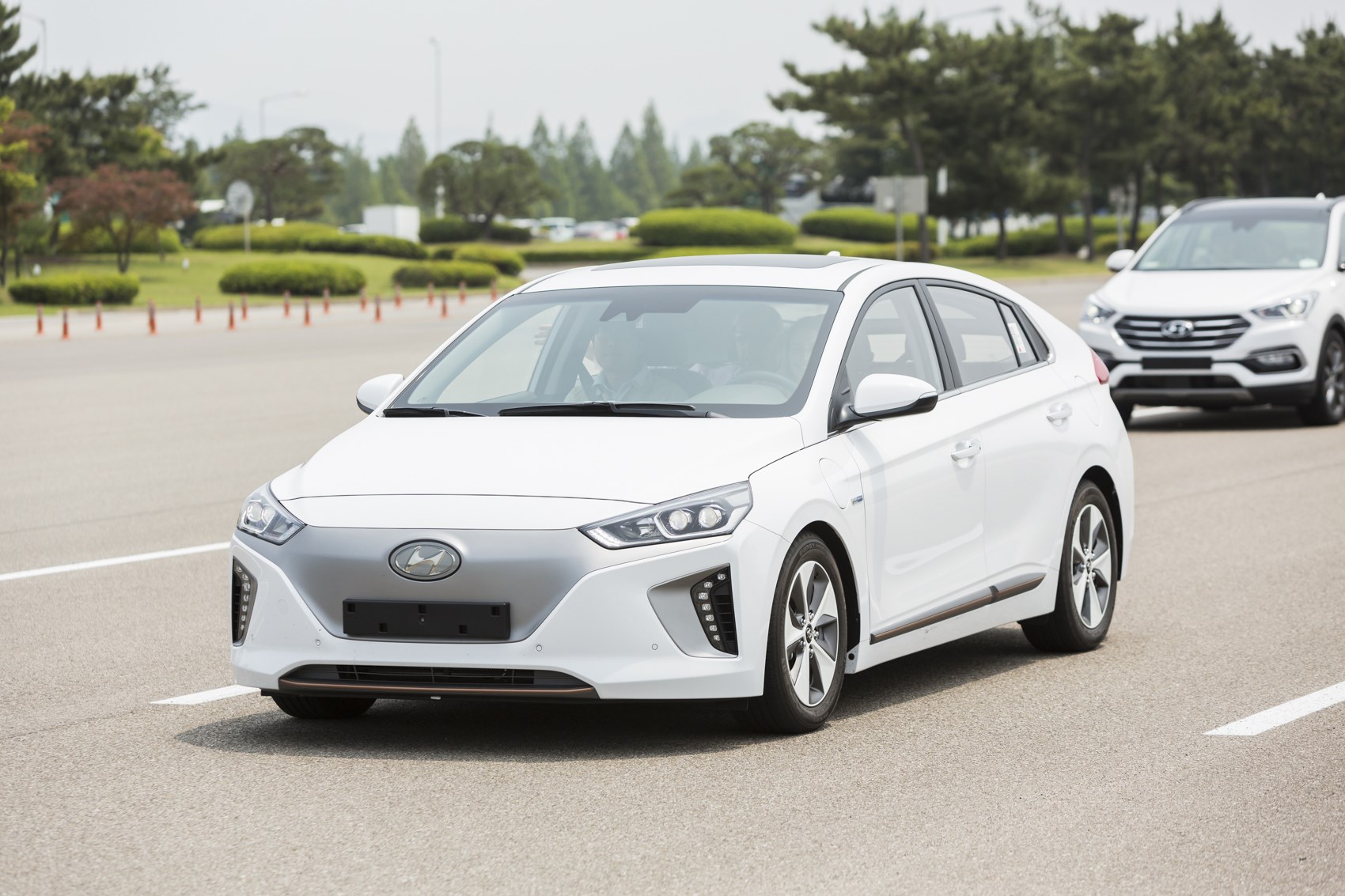
The Hyundai Ioniq electric vehicle at the Namyang research and development centre in South Korea.
However, Hyundai NZ still plans to have the vehicle on sale here this year but may have to opt for a European-spec, right-hand-drive model rather than a Korean-built product that the Australians would also take.
The Ioniq has been touted as Hyundai’s version of the Toyota Prius and Nissan Leaf but the Korean vehicle will appeal to a broad market. At Hyundai’s research and development centre in Namyang, South Korea, Driven tested the Ioniq hybrid and EV on the track last week.
The EV was the standout of the pair with the instant torque impressive, especially as we reached 160km/h within about 20 seconds.
The handling of the Ioniq EV was smooth and our test vehicle was highly specced.
Depending on what price Hyundai could launch the Ioniq EV for, this hatchback could be a contender for a top selling pure electric product in New Zealand because of its external and internal styling and performance.
Performance-wise, the hybrid went from 0-100km/h in 10.8 seconds and had more of a taxi feel in its performance than that of a private buyers’ city vehicle.
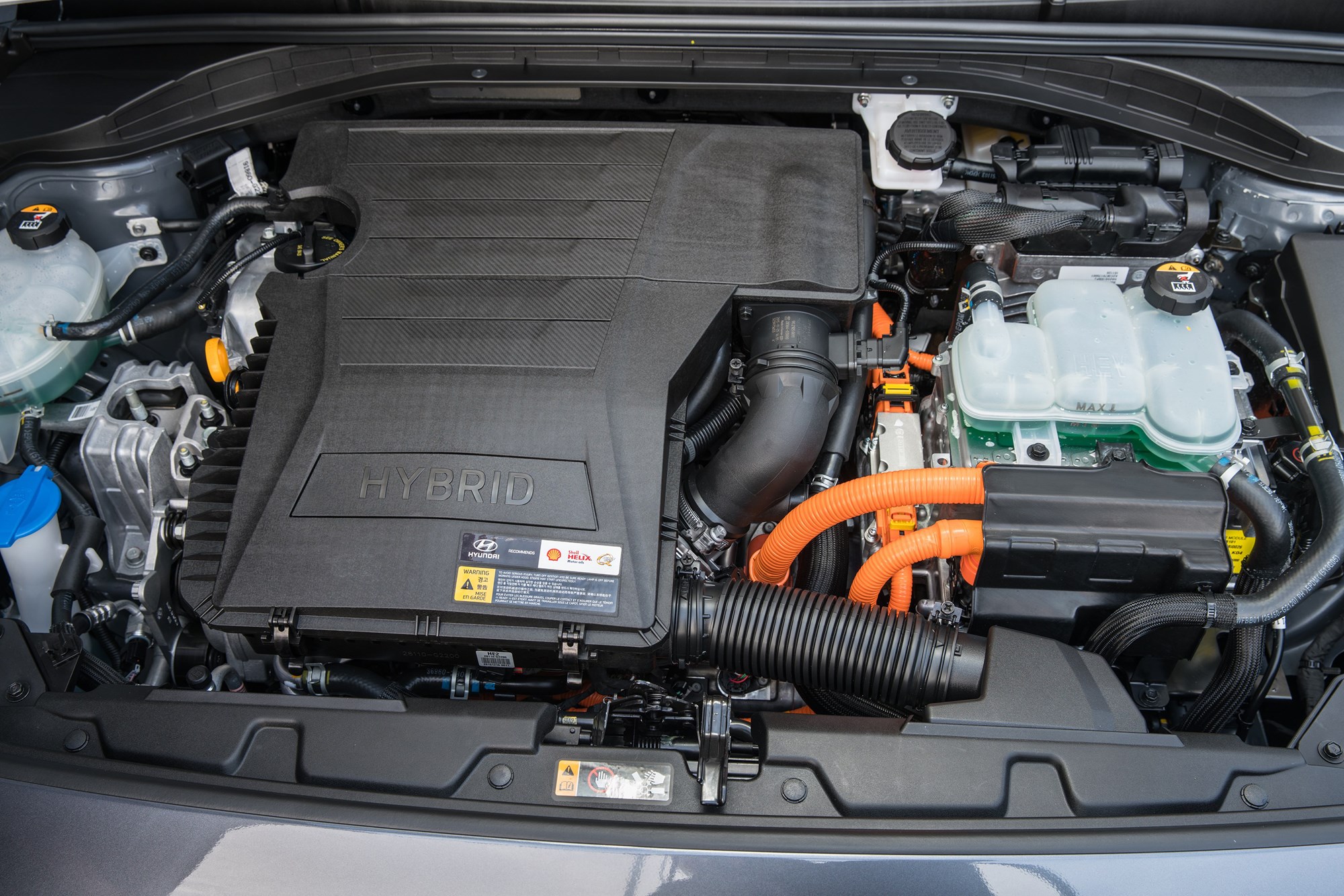
Driven spoke exclusively with Hyundai Motor Company’s executive vice-president of international operations, Wonshin Chang, who dismissed any plans for the company to produce a hydrogen fuel cell version of the vehicle. Hyundai Motor Company has been focusing on hydrogen for three years, with trials of the ix35 fuel cell vehicles in Europe and the US.
Instead of a hydrogen Ioniq model, Chang said the company was adding a smaller SUV to the fuel cell line-up. “We are still restricted by lack of infrastructure worldwide for hydrogen vehicles,” Chang told Driven.
That was one reason why the company was pushing its Ioniq electric range internationally.
While the look of the Ioniq is similar to the Prius, a member of Hyundai Motor Company’s product strategy team, Scott Yoon, said the shape was because of aerodynamics.
Yoon said that as the Prius and Leaf were the main competitors, Hyundai researched those products and also interviewed owners of those vehicles.
Yoon said not only did the the Ioniq have the most technology in any C-segment vehicle, it also had unique materials in it.
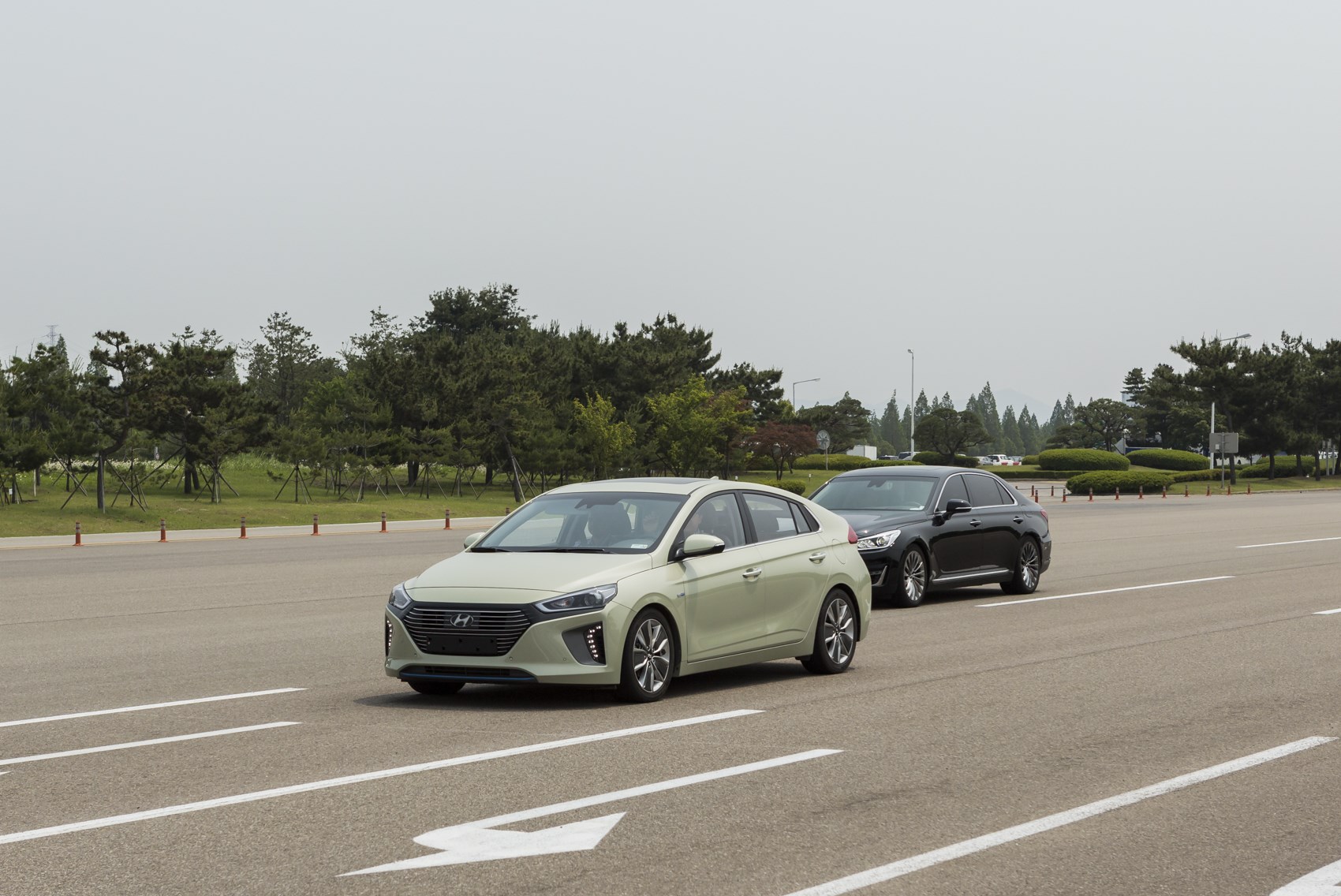
The 2017 Ioniq Hev
The Ioniq had Automatic Emergency Braking with Pedestrian Detection, Lane Departure Warning, Blind Spot Detection, Rear Cross-Traffic Alert and Smart Cruise Control.
Sugar cane accounted for 25 per cent of the raw materials used in the interior’s soft-touch door trim panels while recycled plastic combined with powdered wood and volcanic stone reduced the weight of some interior plastics by up to 20 per cent.
Yoon said Hyundai opted for the dual clutch transmission, over the standard CVT found in other hybrids, because “although CVTs are economic, they aren’t fun”.
The hybrid and PHEV Ioniqs have 15in alloys as standard with 17in as optional while the pure electric will have 16in alloys as standard.
The hybrid has gone into production in South Korea while manufacturing of the EV begins this month with domestic sales starting in South Korea in August before going on sale internationally later in the year. The PHEV will be built later in the year with global sales mid-2017.
The hybrid and PHEV look similar, the EV has a closed front grille that opens 50 per cent when the car is at speed to help cool the engine.
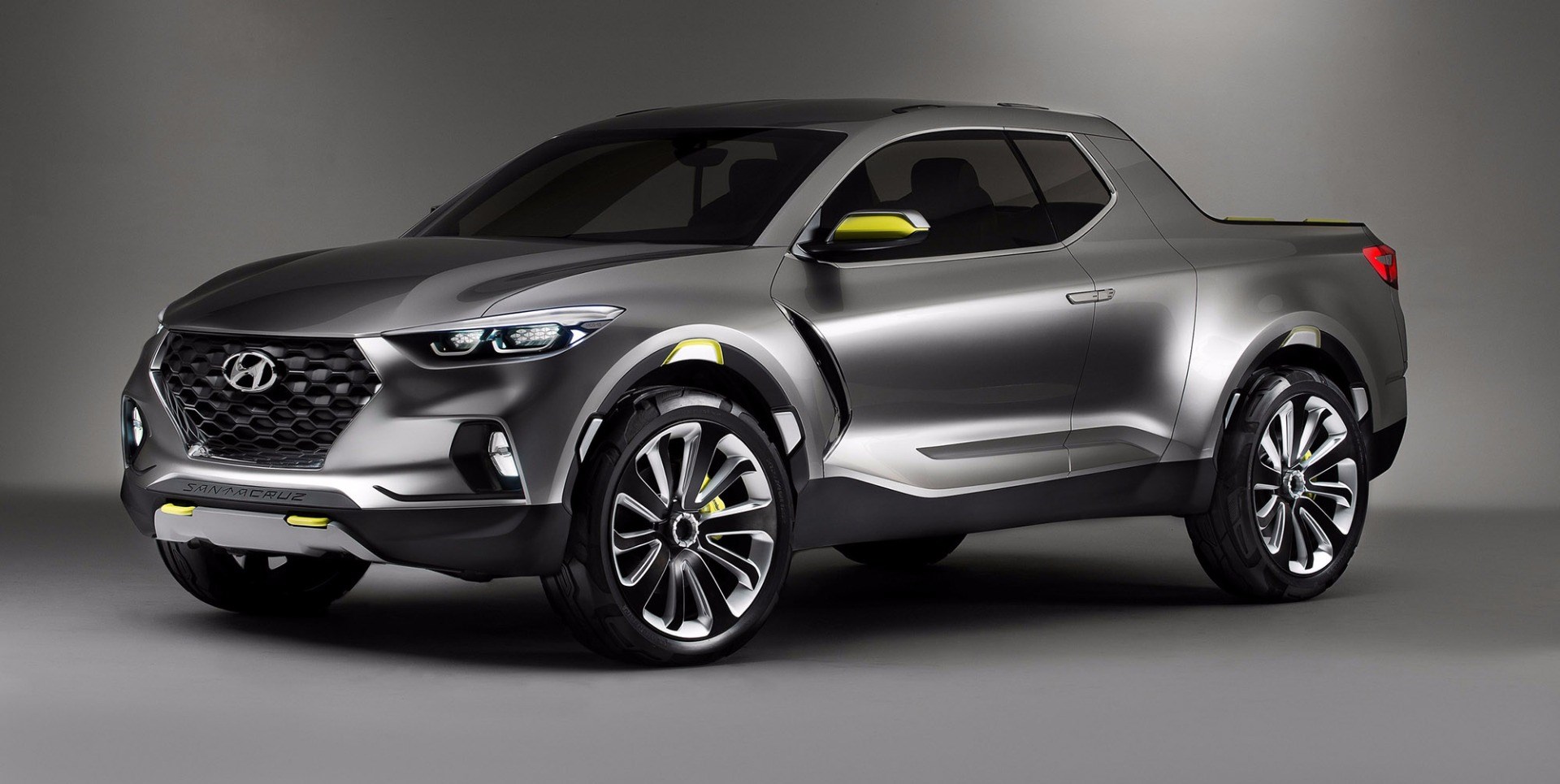 The Hyundai Santa Cruz concept ute
The Hyundai Santa Cruz concept ute
Hyundai New Zealand was hoping to have a ute and compact SUV join its Ioniq line-up.
But Hyundai Motor Company’s vice-chairman of research and development, Dr Woong-Chul Yang, told Driven that neither vehicles will go into production any time soon.
Hyundai had revealed the Santa Cruz concept pick-up truck at last year’s Detroit motor show, but Yang said because North American customers buy only domestic pickup trucks the company didn’t plan to put the ute into production.
“We would love to have a pickup for the North American market but the conservative customers want domestic products,” he said.
“Other [international manufacturers] have tried to sell pickups in America but have not been successful.”
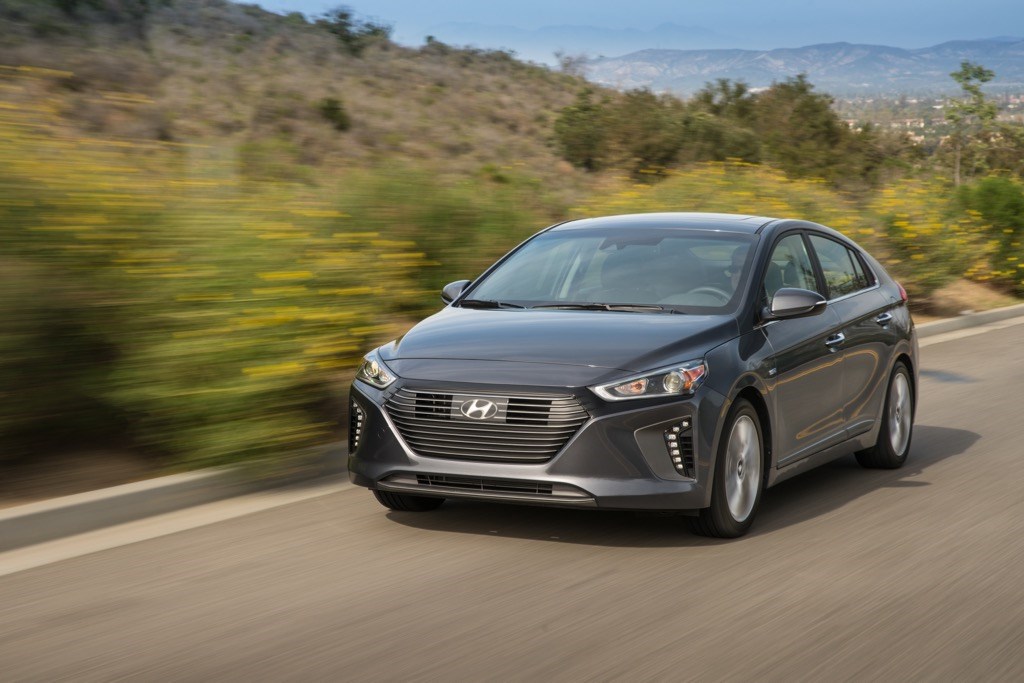
The 2017 Ioniq Hev
For the Santa Cruz to be a success for the Hyundai Motor Company, it would need a large left-hand-drive market, with North America still the largest consumer of pickups in the world.
For Hyundai, the right-hand-drive market of New Zealand, Australia and South East Asia would be too small to be a commercial success for the Korean company.
While the Santa Cruz may eventually be produced, Yang “couldn’t say when”.
The Santa Cruz concept had a unibody design, compact footprint and a diesel engine.
Based on the Santa Fe platform, the single cab “trucklet” was aimed at customers not wanting a large pickup.
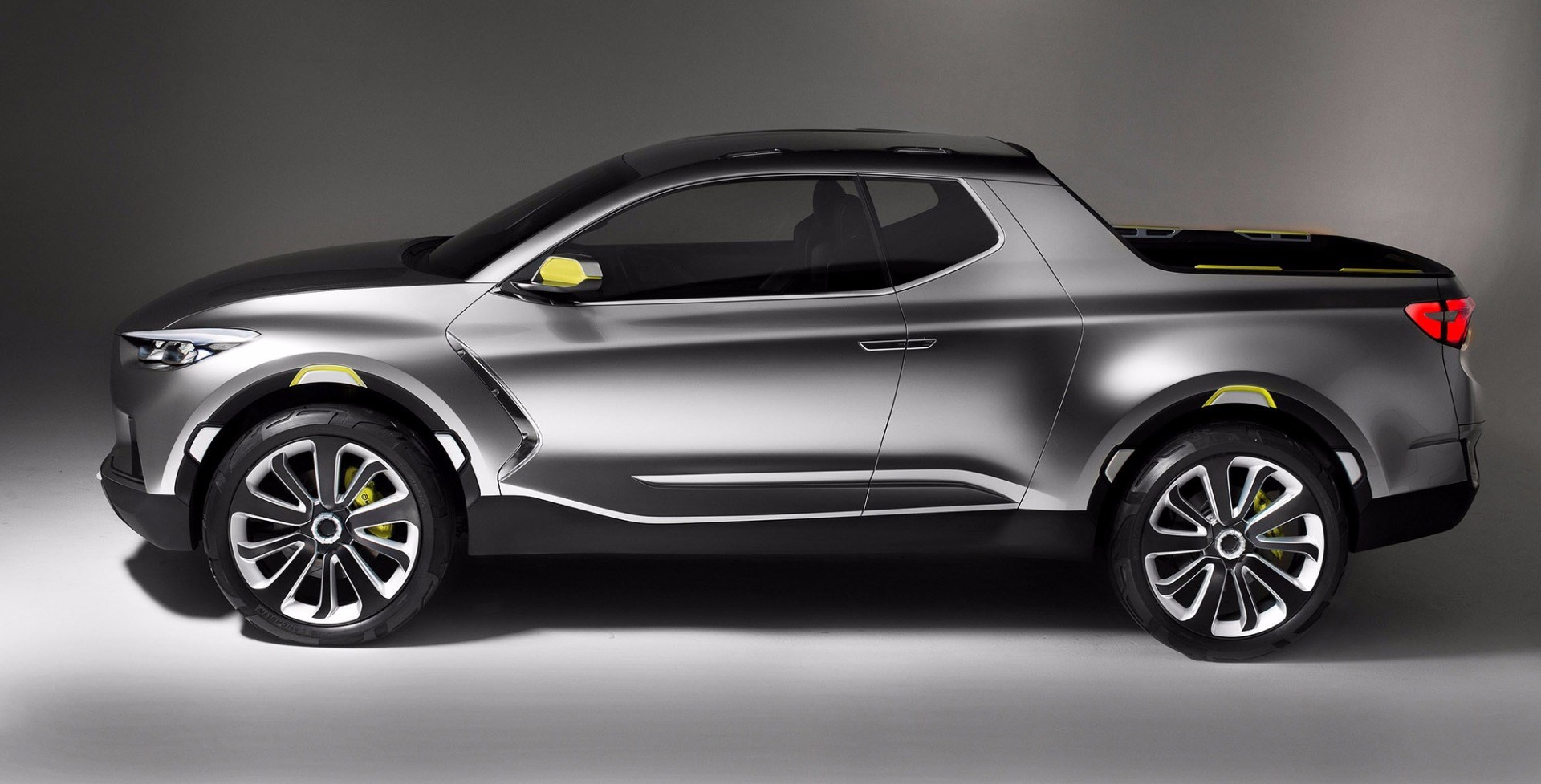
Hyundai/Kia chief designer Peter Schreyer oversaw the design of the Santa Cruz, with the concept’s short bed able to be extended plus a large hexagonal grille dominating the design.
For Hyundai NZ, having the Santa Cruz in its line-up would help it take on the top three car companies — Toyota, Ford and Holden — that have utes that help them dominate new vehicle sales in New Zealand.
Yang also dismissed any plans by the company to produce a compact SUV, similar to Mazda’s successful CX-3. Although the company had Creta (ix25) it was on sale only in India and had a low safety rating.














